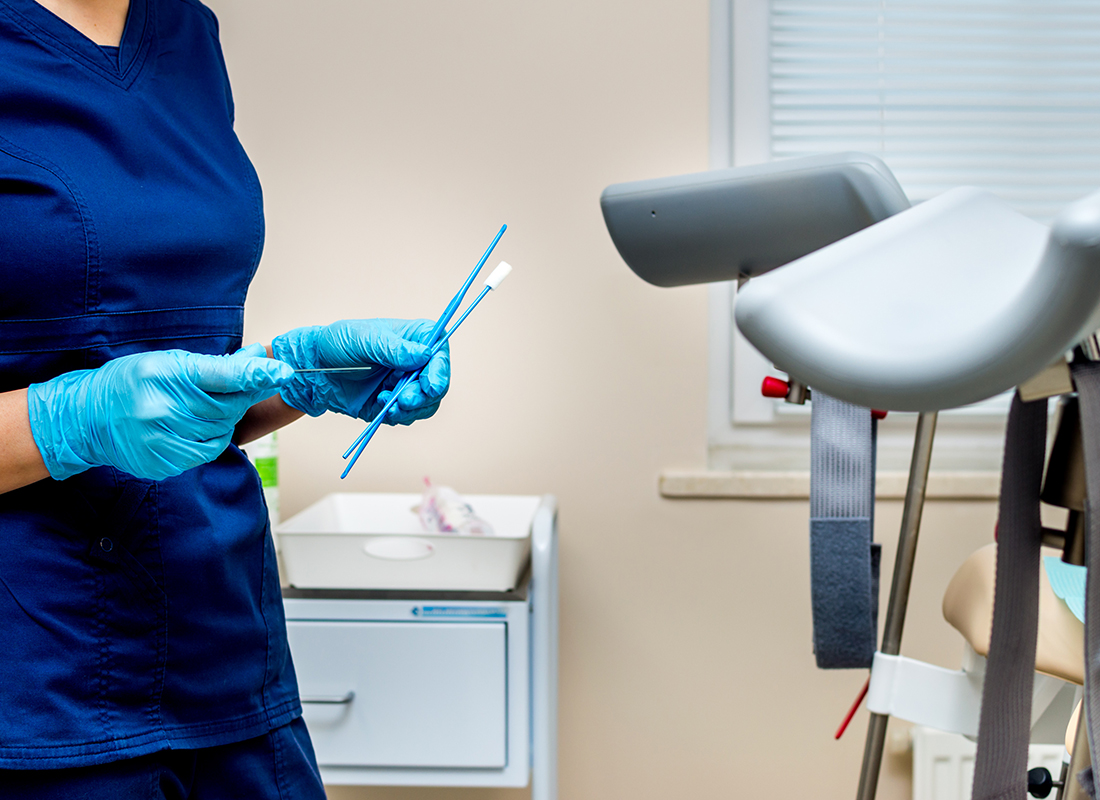AACC Offers New Guidance for HPV and Cervical Cancer Screening
New document aims to help clinicians navigate screening guidelines, choose testing strategies, and analyze test results.

Subscribe to Clinical Diagnostics Insider to view
Start a Free Trial for immediate access to this article